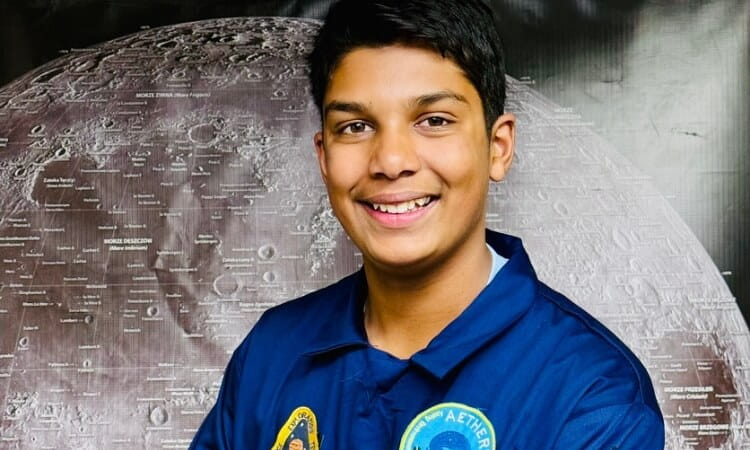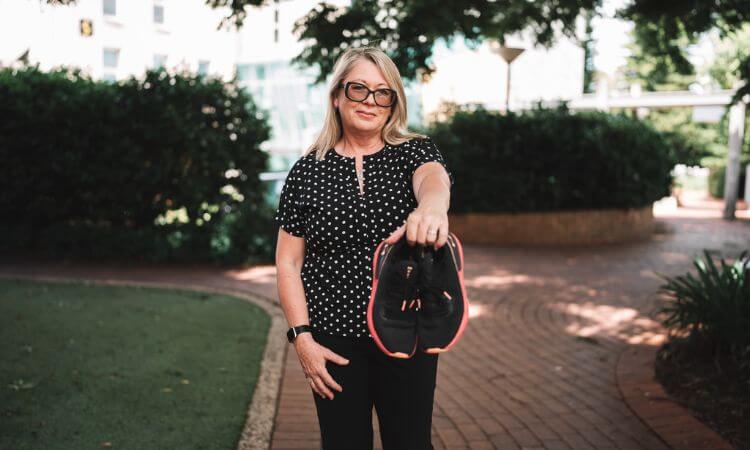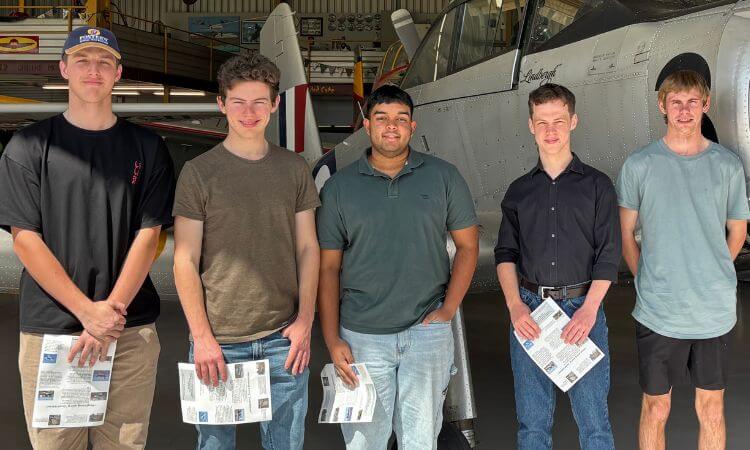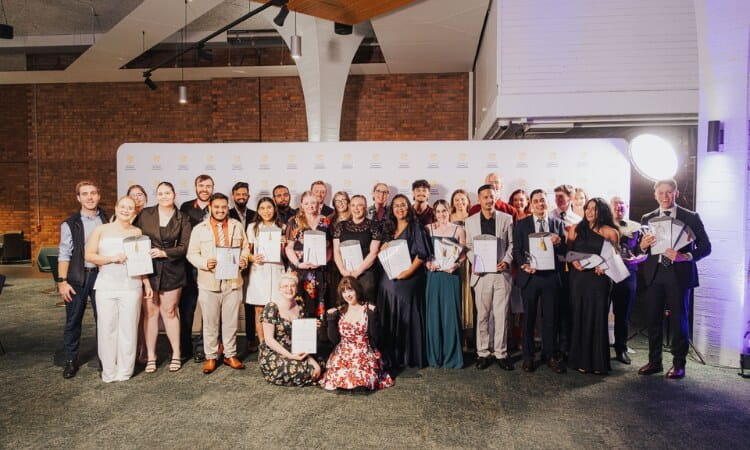From classroom to cosmos: UniSQ Head Start student becomes one of the youngest analog astronauts

At just 15, University of Southern Queensland (UniSQ) Head Start student Anay Ashwin is taking giant leaps towards his dream of becoming a flight surgeon in space – a doctor who supports the health and safety of astronauts before, during, and after missions.
He recently became one of the youngest people in the world to serve as an analog astronaut, conducting original medical research during a high-fidelity space simulation mission in Poland.
A Year 10 student at Melbourne’s Haileybury College, Anay earned his place on the eight-day isolation mission at the Analog Astronaut Training Center after impressing Director of Scientific Projects and Bioastronautics Dr Agata Kołodziejczyk with his research protocols.
Already studying space science through UniSQ’s Head Start program, which gives high-achieving Australian students in Years 10-12 the opportunity to undertake university-level learning, Anay said being selected for the mission was an experience he would always cherish.
“During the mission, I served as mission medic, a vital role responsible for monitoring and maintaining the crew’s physiological health and psychological wellbeing under confined, high-stress conditions,” he said.
“I also led an investigation into the effects of elevated atmospheric CO₂ levels on sleep quality and how disrupted sleep impacts cognitive performance during confinement.”
The mission, dubbed EXP101 – AETHER, brought together an international and interdisciplinary crew from Australia, Poland, India and Sweden.
It replicated the operational and environmental stressors of spaceflight – freeze-dried rations, strict water limits, biometric monitoring, daily exercise, constant machinery noise, and a packed experimental schedule – all within a sealed, windowless habitat.
“We faced several realistic challenges, including a simulated blackout scenario caused by a hypothetical meteorite shower that took out solar panels,” Anay said.
“Living without natural light and losing all power for two days was incredibly challenging.
“Our circadian rhythms were thrown into disarray, and it really tested our ability to function under extreme conditions.”
The mission coincided with the real-life launch of the Axiom-4 IGNIS mission to the International Space Station, which included Polish ESA astronaut Sławosz Uznański-Wiśniewski.
“It was a surreal moment, being in Poland and witnessing Sławosz carry pierogi, a traditional Polish dumpling, into orbit was unforgettable,” Anay said.
“We even had these pierogies one day during the mission. It’s something I’ll remember for a long time.”
Anay is set to present his findings at the 2025 International Astronautical Congress in Sydney this October, where he will share his research with the global space science community.
His participation is proudly sponsored by the iLAuNCH Trailblazer and UniSQ's School of Mathematics, Physics and Computing.
Find out more about studying Head Start at UniSQ.


